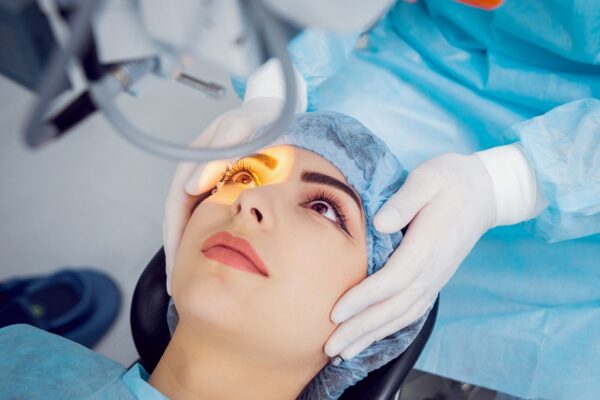Dental care is painful yet essential. I will need more than brushing thoroughly two times a day. Even if you avoid regular visits to the dentist for a regular check-up, there are times when you have the visit the doctor for check-ups or surgery. Wisdom tooth removal is one of those unavoidable circumstances when you have to visit the dentist.
What Is A Wisdom Tooth?
Wisdom teeth are one of the last permanent ones that erupt in an adult. It is also called the third molar. The usual time of this third molar Eruption is between 17 and 25. The Eruption and extraction of these teeth are too painful. But it can be appropriately managed under the guidance of a professional dentist only. For your information, you have four of them in your mouth, each in the inner quadrant.
What Is Wisdom Tooth Extraction?
It is the surgical way of wisdom tooth removal. It includes a lot of pulling and pushing. But the dentist will give you the appropriate anesthesia so you do not feel pain during the procedure. After the surgery, you can experience relief from the pain, but you will also have to rest and follow the instructions given by the doctor to avoid the pain.
What Are Other Wisdom Tooth Impactions?
Depending on the position or facing of the wisdom tooth, there are other wisdom tooth impactions. The dentist will first study it and then use wisdom tooth extraction.
- Complete Bony Jaw Impaction
- Soft Tissue Impaction
- Partial Bony
What To Do Before Wisdom Tooth Removal?
At last, the dentist carries out a surgical procedure to remove your painful wisdom teeth. Therefore, the dentist will review your medical history before prescribing the procedure. You should tell your doctor if you have any medical disorders like blood clotting dysfunction. Before the surgery, the doctor will also give you sedation if you are nervous. Also, you are expected to plan your surgery with the doctor. During this meeting, you should be clear about the number of wisdom teeth extracted.
What Should You Expect During The Procedure?
During the procedure, the doctor will sign a consent form from you. It suggests that the procedure is one with your consent only. Then the doctor will inject local anesthesia. Then he will cut the fibers to elevate the tooth. Once he elevates to a considerable level, he will grab it into the instrument and remove it.
Then he will ask you to flush out and do the after-surgical procedure.





